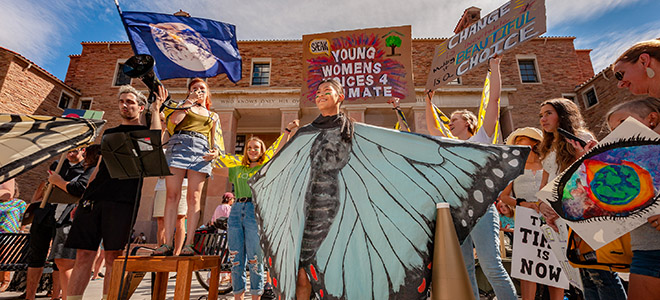
by Beth Osnes
CSTPR Faculty Affiliate and Associate Professor of Theatre and Environmental Studies at the University of Colorado
“If a dove is the symbol of peace, then a butterfly is the symbol of change,” declared sixteen-year-old Finny Guy through a megaphone at the Climate Strike on the CU Boulder campus on September 20. As shown in the photo, Ting Lester stood by embodying the beauty of the butterfly, making present her commitment to transformational change needed in our policies and choices to reverse global warming. Finny and Ting are a part of Young Womxn’s Voices for Climate (YWVC), a group of ten young womxn from Boulder middle and high schools along with several CU students, including Sarah Fahmy (PhD Theatre), Lianna Nixon (PhD Education), Jeneé LeBlanc (BS Environmental Studies), and Elise Collins (MBA Business). It is brought together by a partnership between Inside the Greenhouse, which resides within CSTPR and is focused on creative climate communication, and SPEAK, an initiative for young womxn’s vocal empowerment for civic engagement. Facilitators for YWVC include CU Associate Professor of Theatre & Environmental Studies, Beth Osnes, co-founder of Inside the Greenhouse and SPEAK, and Chelsea Hackett, recent PhD graduate of New York University and co-founder of SPEAK.
These young womxn use creative communication to advocate for policies that support Boulder’s efforts to mobilize our community for stabilizing our climate. They were invited to perform for a Boulder City Council meeting by Boulder’s senior environmental planners on July 9 to convey their perspective on why the council should approve the request to revise our city’s climate action plan. Set to the Lion King’s song, “Can You Feel the Love Tonight?” they performed their own version of “Wind Turbines are Beautiful” costumed as wind turbines. YWVC is guided by the work of Project Drawdown that researched and ordered the impact of the top one hundred climate solutions. The young womxn of YWVC meet weekly at CU to plan and rehearse their actions. On September 26th they were invited by Boulder environmental planners to perform at the Boulder City sponsored Climate Mobilization Action Plan Launch event. With over two hundred people in attendance, they performed their run down of the top five Drawdown solutions. To dramatize Drawdown solution number five, Tropical Forests, they enacted a skit and a song, featuring an old-growth tree and two costumed rolls of recycled toilet paper, to convey how reduction in use of paper products can help preserve tropical forests. Their next project will be on November 20 at Climate Change Theatre Action, at which they will perform two short plays focused on gender and climate change. They will then lead attendees in a creative process of their own expression on various climate-related issues. Visit Inside the Greenhouse to get the full details on this event.
Actively involving adolescents while they are still relatively young is important regarding climate-related issues, since research reveals that pessimism about addressing climate change increases with age, particularly from early to late adolescence (Ojala 2012; Stevenson and Peterson 2016). Our approach addresses the need to develop appropriate methods for supporting youth in maintaining their feelings of hope for sustained action. Arts-based methods are uniquely well-suited to this need since they give a context for exploring emotions and are rooted in action. In the book Pleasure Activism: The Politics of Feeling Good, author Adrienne Maree Brown introduces something she calls “pleasure activism,” a politics of healing and happiness that explodes the dour myth that changing the world is just another form of work. Our approach with YWVC is certainly in line with this sentiment. By taking on this issue with humor, creativity and expression, these young womxn do not make light of the importance of the issue; they bring light to it.
*Womxn is a term used to intentionally include transgender women and women of color.


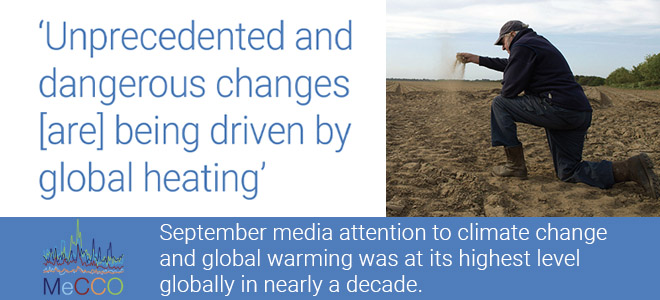


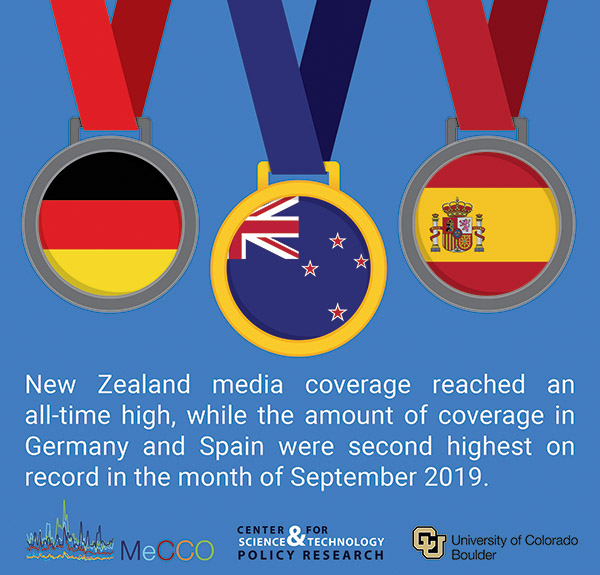


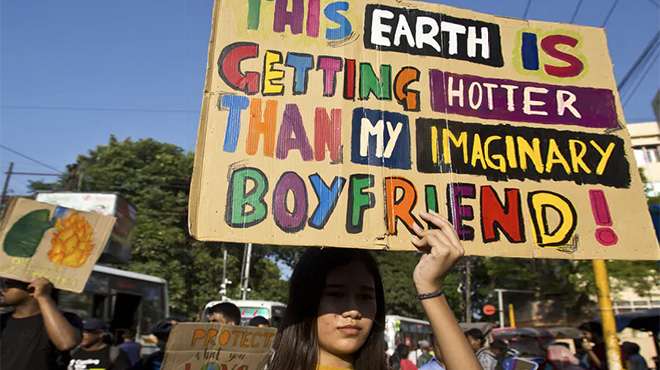
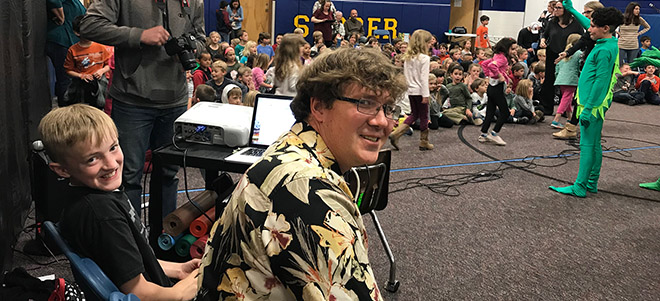
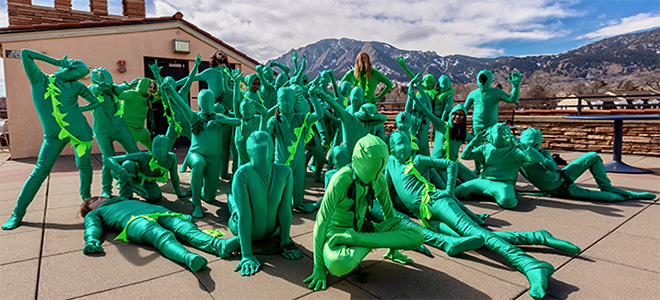
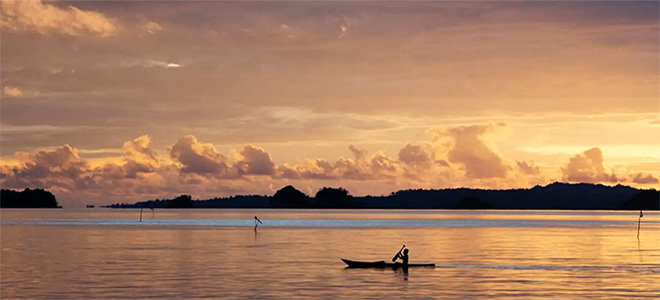
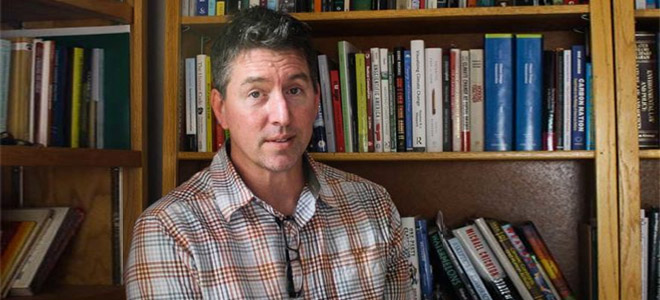

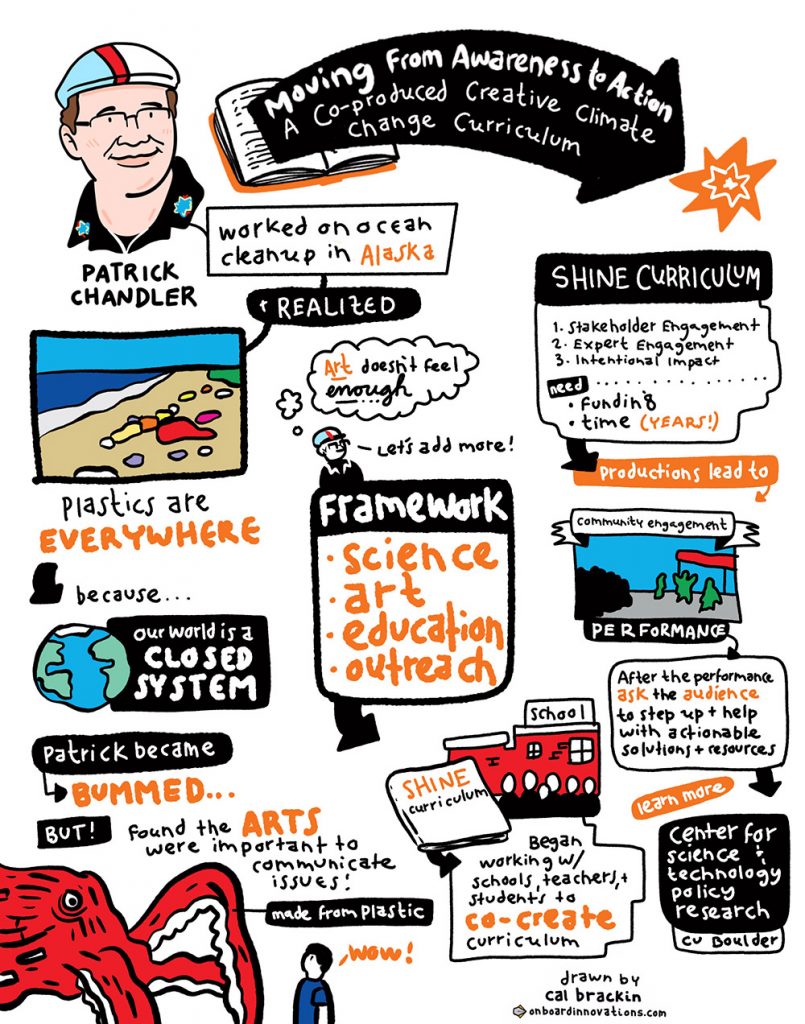
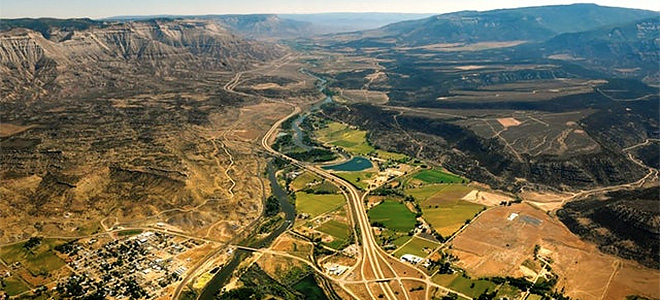

Photo Essay: The Endless Hurricane
Documenting Life in the Shelters, After Maria Hit Dominica
by Fernando Briones, CSTPR Research Affiliate
Disaster Prevention and Management, Vol. 28 No. 5, 2019
Why a photo essay?
Photography has always been an important tool for social scientists. Today, the pictures’s value as a data, communication tool and art is more relevant than ever: social media, digital photography and cell phones allow for almost anybody to document their environments. However, the limited use of photography essay in research and academia reminds us of the need to diversify our view about the field work and disaster studies.
In the field and for this purpose, the act of taking pictures is not about mastering a technique, it is about the interaction with the people. It requires participant observation and consensus and freedom of the people to choose what they want to share. This interaction is the most valuable part of a photo photo essay because it gives “a voice” to the people, transforming the photographer into an intermediary to communicate a certain part of their reality. In other hand, pictures can speak by them self, leaving the viewer the option to connect and interpret connect and interpret the images.
The worst disaster in history of Dominica
In September 2017 Category 5 Hurricane Maria struck Dominica before pursue its trajectory to Puerto Rico (Pasch et ll, 2019). The small island (population 74,000) in the eastern Caribbean between Guadeloupe and Martinique was swept out for the first time by a Category 5 hurricane since records began (Masters, 2017). The devastation in Dominica was massive, with around 90 percent of houses roofs damaged or destroyed (ReliefWeb, 2017). Also, crops and infrastructure were destroyed, leaving communities isolated due to the landslides that blocked roads. For almost a year, around 50 percent of the habitants lived without electricity, according with testimonies of affected people. Eclipsed by the media coverage in Puerto Rico and often confused with the Dominican Republic, the Commonwealth of Dominica its recovering slowly. Almost two years after the extreme hydro-meteorological event, the impact remains noticeable by the number of destroyed houses along the island. Less visible is life in shelters, generally improvised schools without basic services as toilets and in some of them, running water and electricity. For those who do not have the resources to rebuild their homes, to live in shelter is the only choice: the impact in their health and capacity to recovery is jeopardized. For them, the hurricane Maria still s happening now.